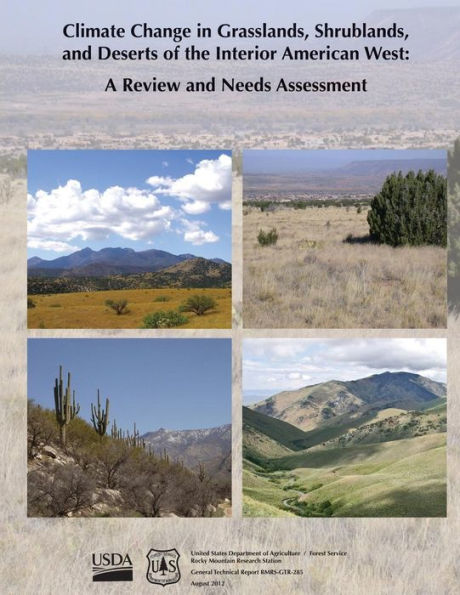Experimental research and species distribution modeling predict that large changes in the distributions of species and vegetation types will occur due to climate change. Species responses will depend not only on their physiological tolerances but also on their phenology, establishment properties, biotic interactions (Brown and others 1997), and ability to evolve and migrate (Davis and Shaw 2001). The capacity of species and, thus, their distributions to respond to a warming environment also will be affected by changing disturbance regimes and other global change factors (Turner 2010). Because individual species respond to climate variation and change independently and differently, plant assemblages with no modern analogs can be expected (Williams and Jackson 2007). New plant assemblages might also arise in areas where novel climatic conditions develop (Williams and Jackson 2007). Support for predictions of novel climate regimes and corresponding plant assemblages is found in studies examining relationships among paleo-climate and plant community reconstructions. As Williams and Jackson (2007) pointed out: (1) many past ecological communities are compositionally unlike modern communities; (2) the formation and dissolution of past "no-analog" communities appear to be climatically driven and linked to climates without modern analogs; (3) many future climate regimes will probably lack modern analogs; and (4) novel communities and surprises should be expected in the future. Novel climate conditions coupled with vegetation communities that lack modern analogs pose significant challenges for resource managers. Accurate predictions of how species distributions will change under future warming are essential for developing effective strategies for maintaining and restoring sustainable ecosystems (Harris and others 2006). Several factors make predicting how species distributions and vegetation communities will change difficult. Global Circulation Models (GCMs) exhibit significant variation in forecasts of future temperature and especially precipitation (Christensen and others 2007). This variation is often amplified for topographically variable areas such as the Interior West (Rehfeldt 2006; Saenz-Romero and others 2010). In addition, information on species' relationships to climate variables is often lacking and must be inferred from data on current species distributions. And other factors such as competitive interactions with other species and disturbance regimes often obfuscate interpretation of species climate profiles in projected future climate space. In grassland, shrubland, and desert ecosystems, our understanding of likely changes in climate is limited. Also, we lack information on the climate profiles of the vast majority of species. Here, we provide (1) current forecasts for changes in climate over the remainder of the century and (2) available predictions for changes in regional vegetation types and individual species distributions. We then discuss the types of approaches that can be used to increase our predictive capacity and the research needs for these ecosystems.



